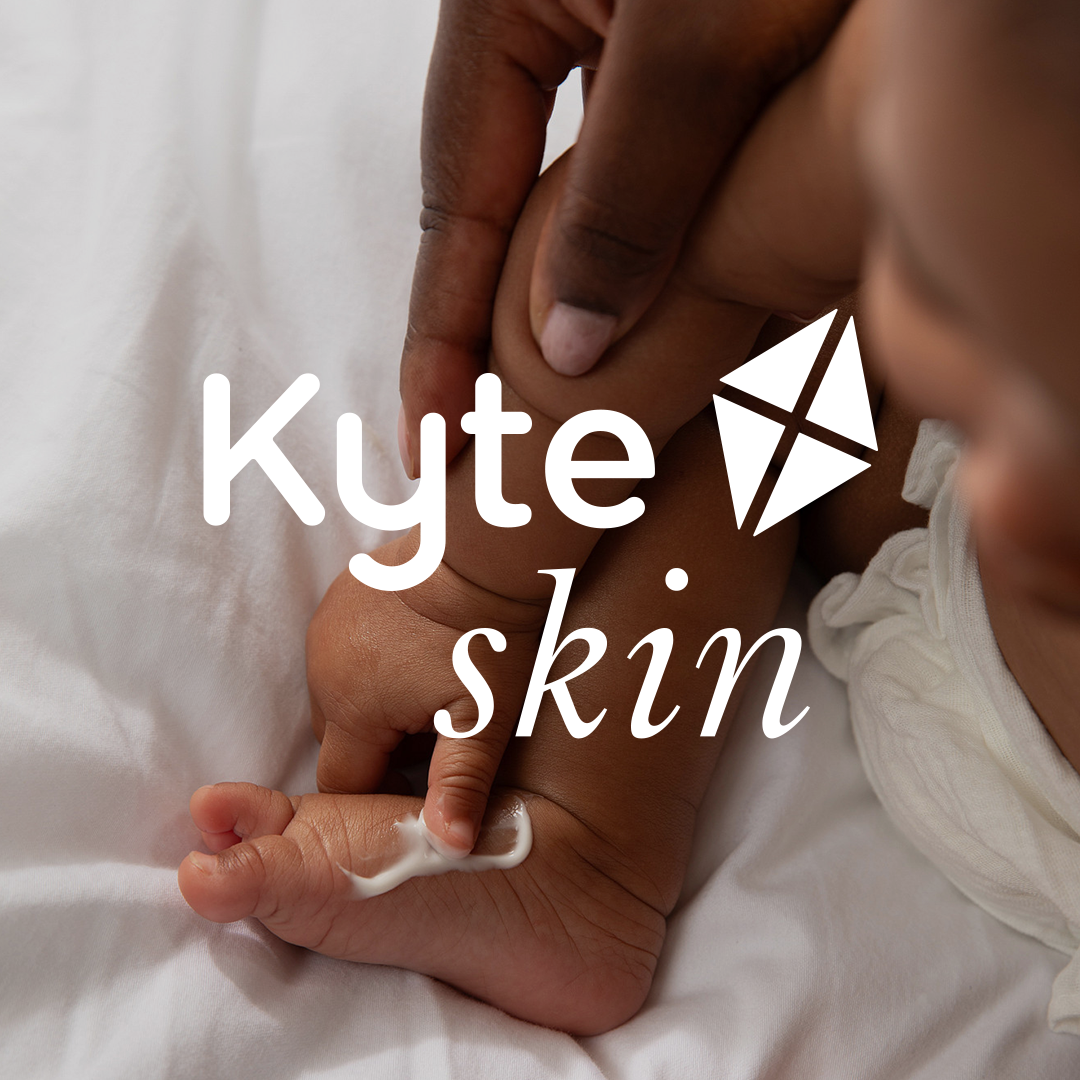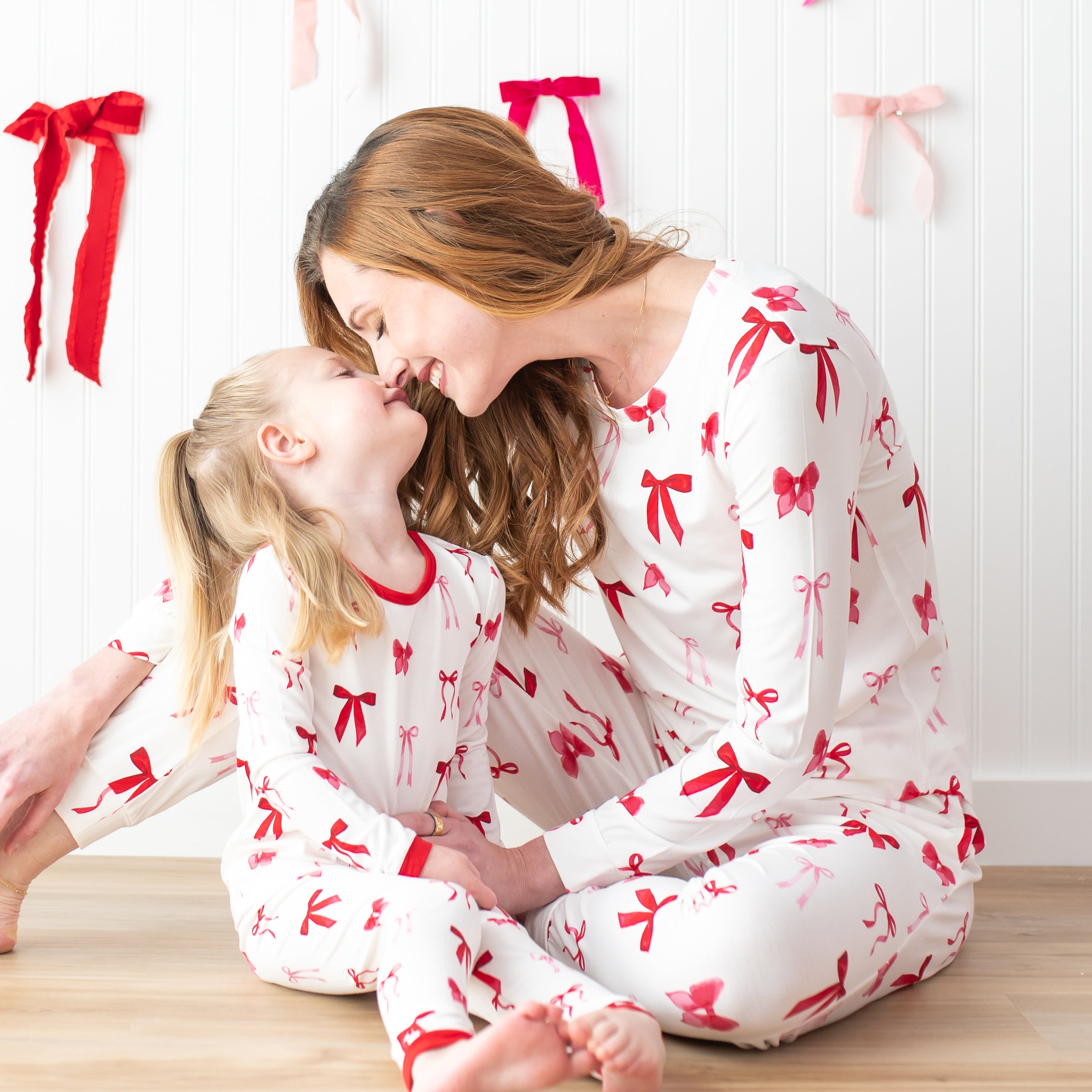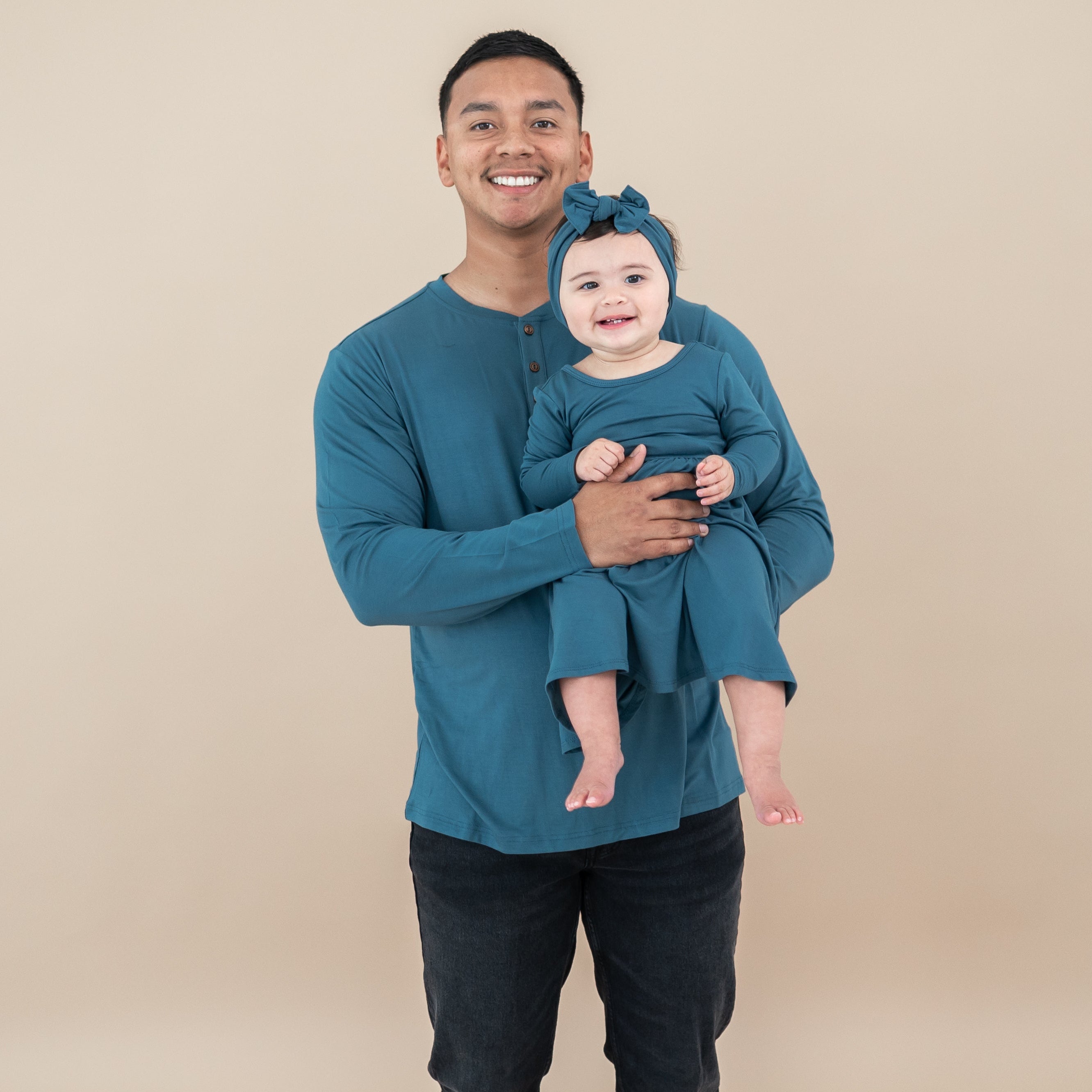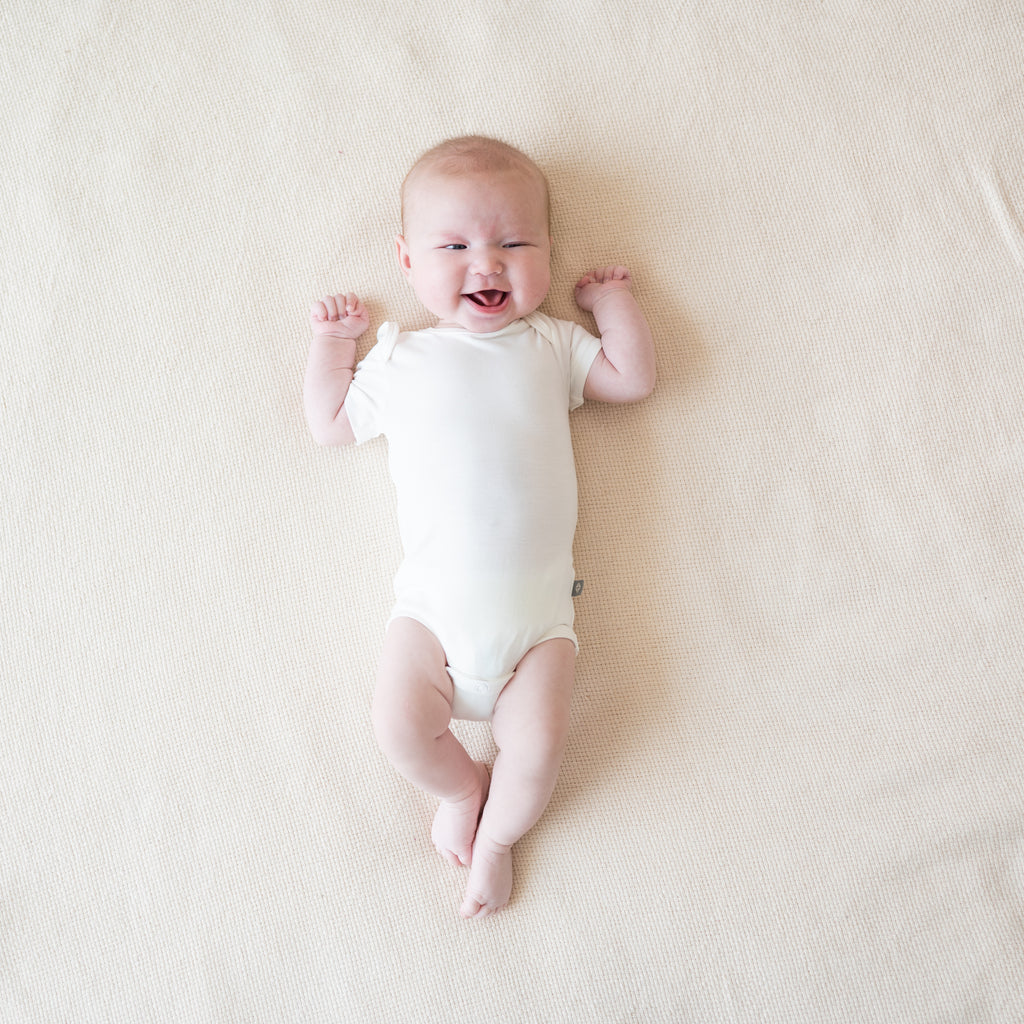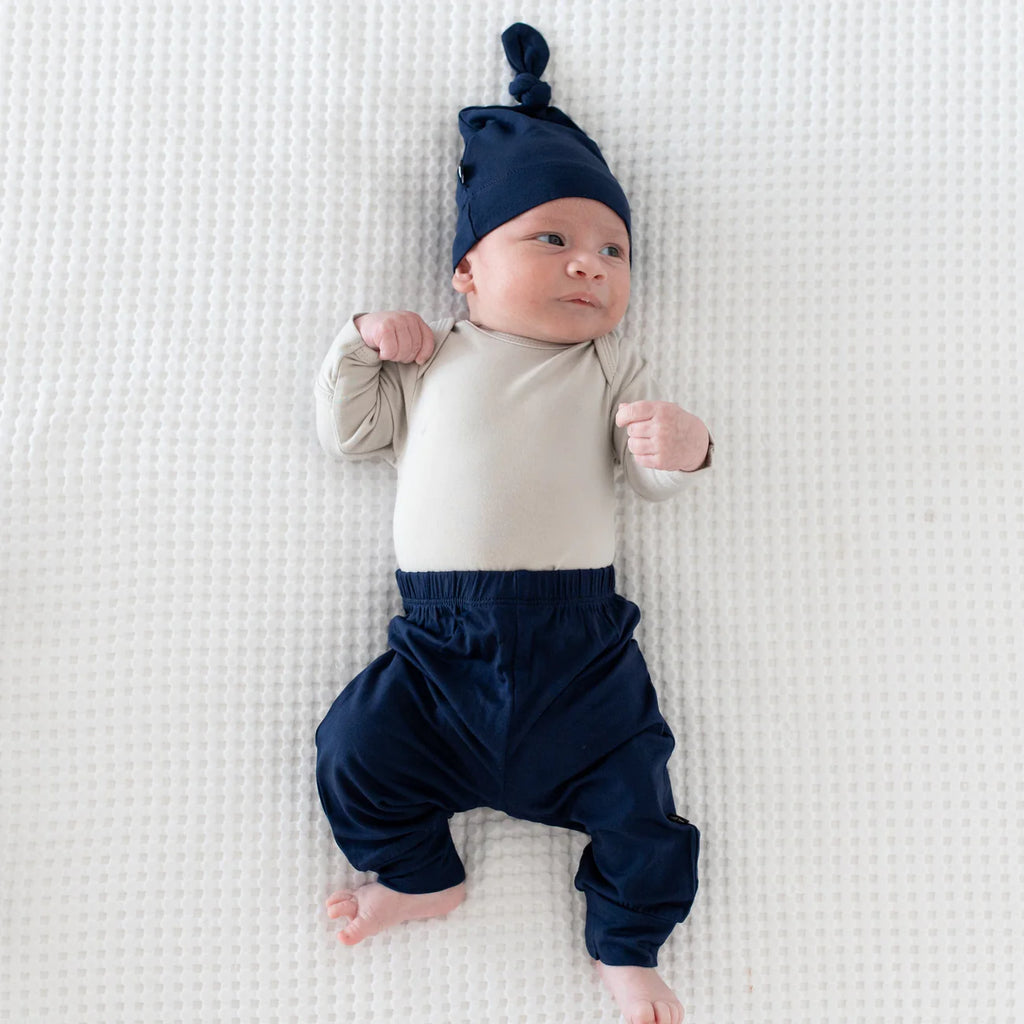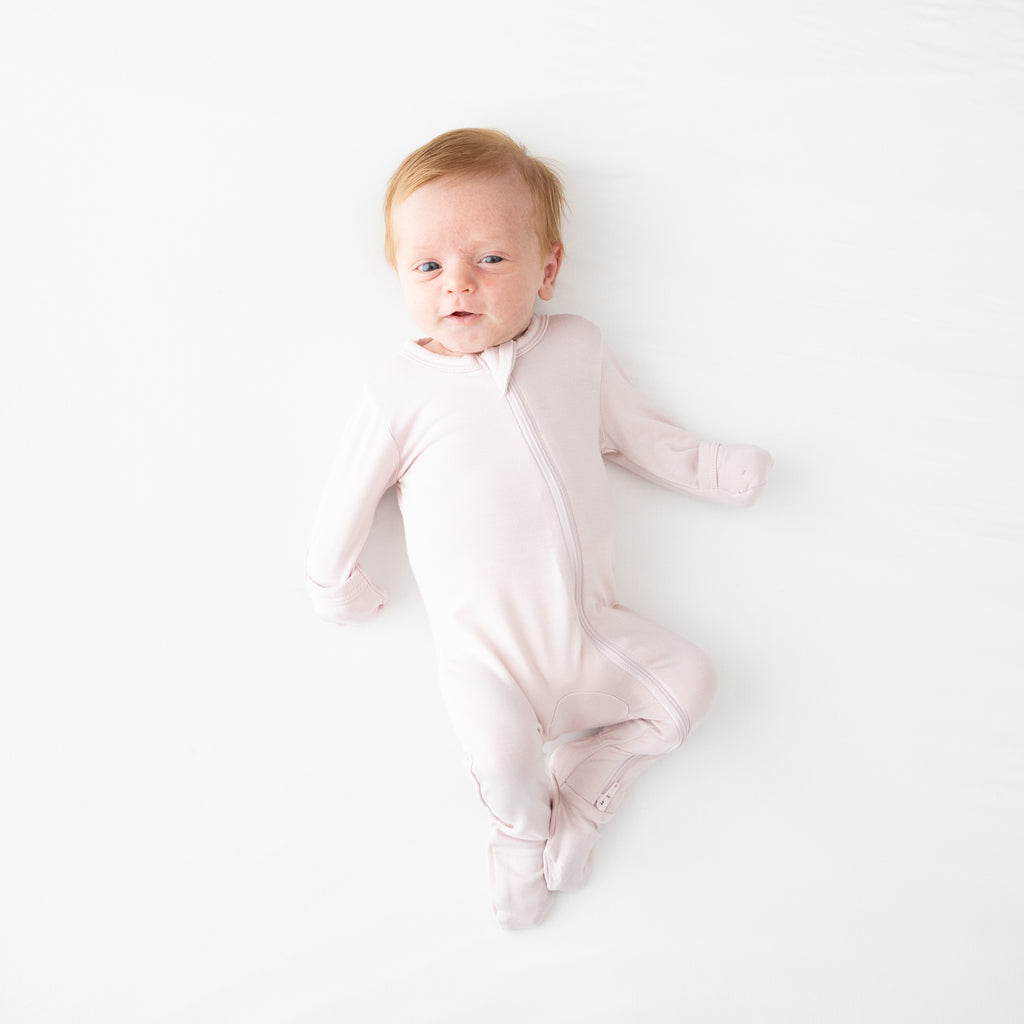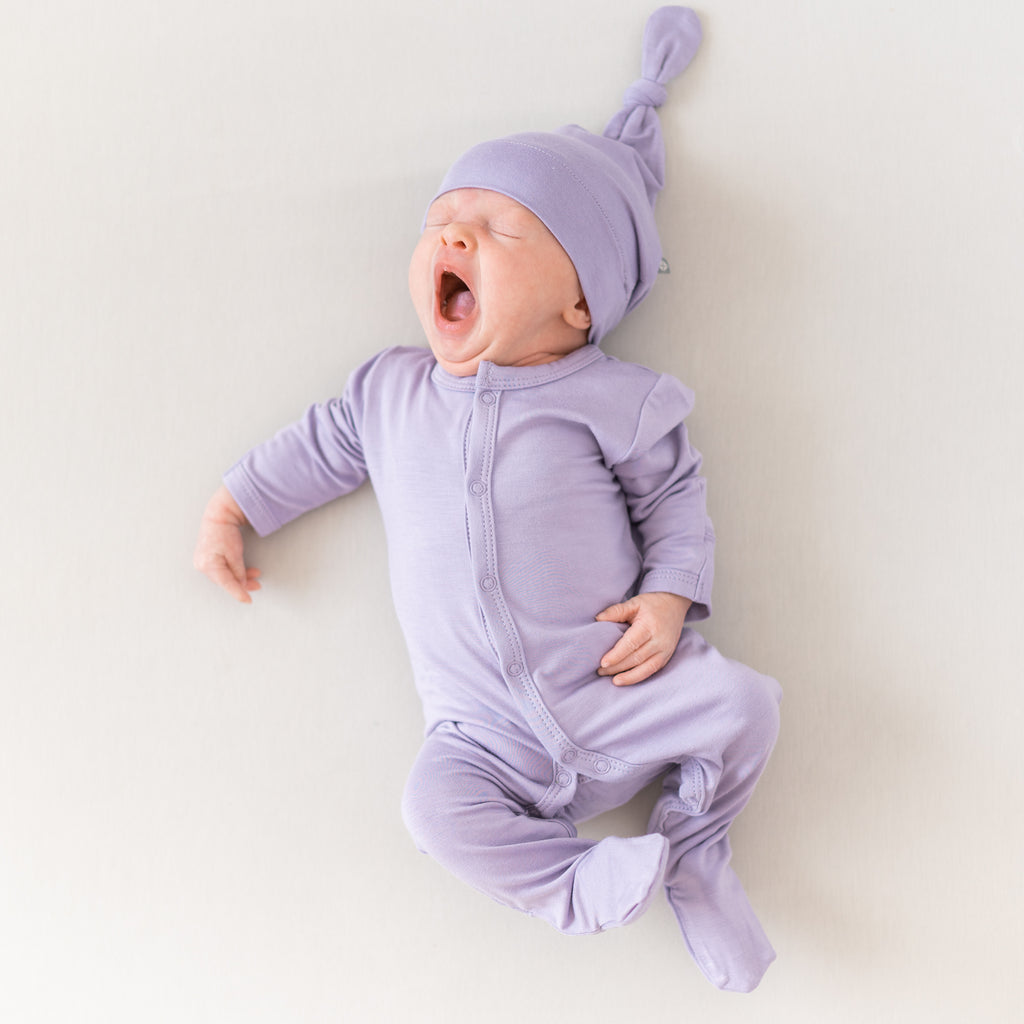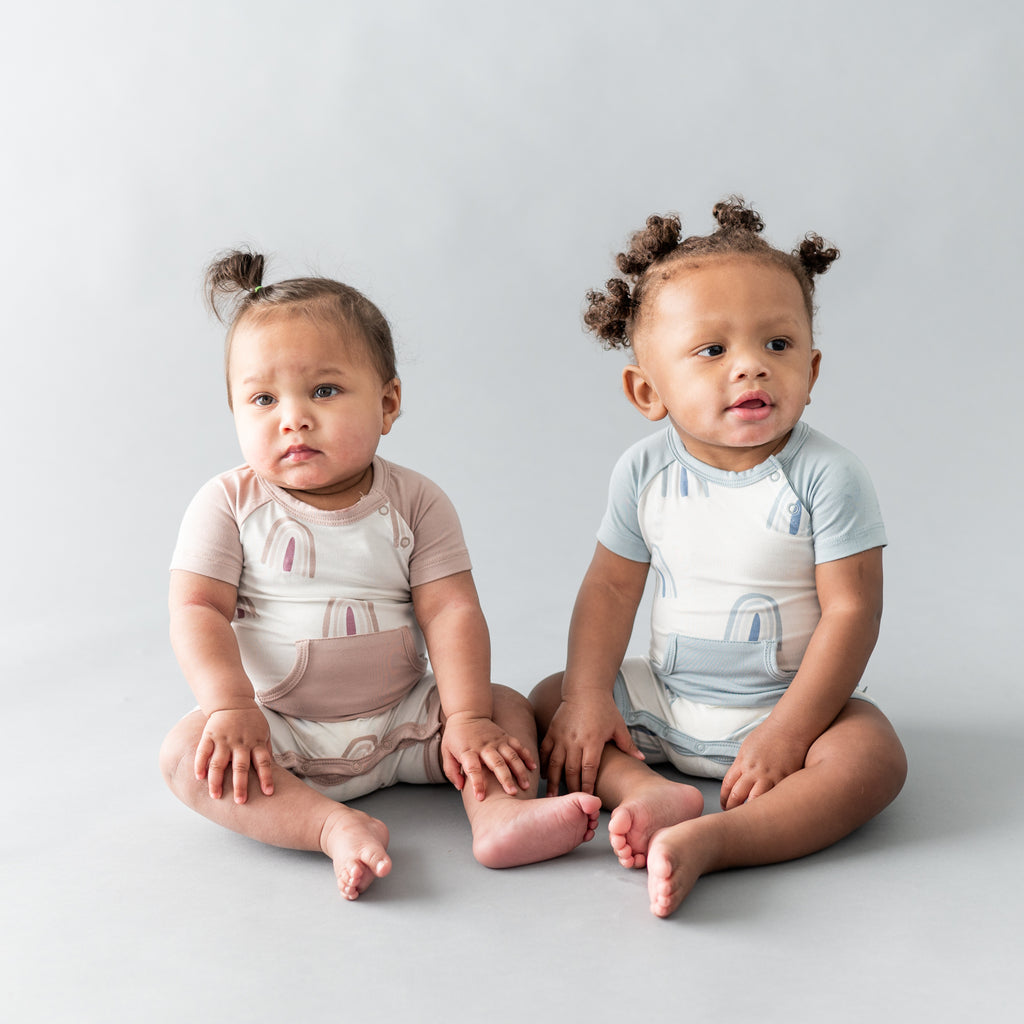It’s no secret that babies are expensive. The costs that come with your little bundle of joy may seem innocuous at first, but even things like diapers and formula can add up to be more than big ticket items, like hospital bills, strollers, and car seats. And perhaps the biggest enemy of your budget? Baby clothes.
There’s something about seeing everyday clothing in miniature that is irresistible. If we’re being honest with ourselves, how many of us can resist the charms of a tiny pair of overalls? In the excitement that comes with a new baby, it’s far too easy to get caught up in the adorable world of baby clothing, but what you want versus what you actually need are two very different things.
What Clothing Does My Baby Actually Need?
The truth is, you really don’t need that much. Yes, babies can dirty an outfit in 2 seconds flat, but they also spend much of the day sleeping. Frilly, elaborate outfits might tickle your fancy on the hanger, but when it comes down to it, you won’t want to be fussing with bows, buckles, or anything that isn’t easy to take off in an emergency. Our advice? Stick with these basic pieces that are both necessary and versatile, and you’ll find yourself reaching for them time and time again.
Versatile Newborn Bodysuits
Bodysuits are the backbone of your baby’s wardrobe. Think of them as the perfect white tee in your own closet that goes with absolutely anything and everything. Not only do they make a great base layer for any outfit, they’re also handy for diaper changes because they unsnap at the bottom.
Bodysuits made of cotton or bamboo make great standalone outfits in warm weather because the material breathes well and helps keep your little one cool. Choose a sleeveless bodysuit during the summer if you live in a hot climate, and a short sleeve onesie for year-round use. The envelope-style neck makes it easy to pull over your baby’s head, but it also serves a greater purpose: in the case of a poop explosion, it allows you to pull the entire bodysuit down, rather than up, for a more sanitary and easy removal.
Bodysuits also double as great sleepwear because they’re comfortable and light enough to wear under a swaddle or a sleep bag without risk of your baby overheating. As long as you dress your baby appropriately for the nursery temperature and decide what TOG to dress them in, you can rest easy knowing that they’re comfortable and safe while sleeping. From stroller outings to the bassinet for nap time, bodysuits are your one-stop option that does it all.
Soft Baby Pants
We get the appeal of baby denim. We really do. But it’s our duty to tell you that leggings or similarly stretchy pants are the way to go. Before your baby is mobile, much awake time will be spent on their stomach. Tummy time encourages proper development and gives your baby the strength they will need to someday crawl, walk, then run. Although it’s a position that benefits all the muscles in their body, it’s also an uncomfortable one, since they don’t yet have the strength to hold up their head for long periods of time.
To make tummy time less stressful, you’ll want to dress your baby as comfortably as possible. Soft, lightweight clothing helps your baby move around easily and makes the whole thing just a little more bearable.
Once your baby can crawl or maybe even walk, pants are even more useful. Because our pants are soft, loose-fitting, and stretchy, they allow easy movement and aid motor development. Pair them with a bodysuit for an easy, put-together outfit that is comfortable enough to sleep in. The stretchy waistband, relaxed fit, and light fabric are perfect for lounging or playing, and accommodate babies of all different sizes.
Footies and Romper Pajamas
Footed pajamas are the king of cold-weather sleepwear. They eliminate the need for socks and keep those tiny toesies perfectly cozy. Footies also feature fold-over mittens, which are useful for keeping little hands warm and for preventing your baby from scratching their face. The bamboo fabric is cool and soothing on sensitive skin, while the fold-over cuffs keep sharp fingernails away. Whether you stay in the house or go for a walk on a cool day, footed pajamas are sure to keep all ten toes nice and warm.
If you live in a warmer climate, you may want to go down the footless pajama route instead. Also referred to as rompers, footless pajamas have the added benefit of longevity. Since they are open-ended at the cuff, your baby may fit into rompers longer than they would in footed pajamas. These rompers feature the same fold-over mittens as their footed version. Choose a sweet pink pajama color or more vibrant purple pajamas to coordinate with your baby's wardrobe.
Baby Hats and Headbands
There’s a good reason that every newborn is given that signature, pink-and-blue-striped hat in the hospital. Because babies have disproportionately large heads compared to their bodies, this results in more heat transfer from their heads. A hat prevents your baby from losing too much body heat and getting too cold. A hat isn’t always necessary, especially if you live somewhere that stays warm year-round. But, if you’re feeling cold, your baby more than likely is, too. It’s worth it to have a few hats on hand for outings on cooler days to protect your little one from chilly winds.
If you prefer a more modern look, beanies are equally adorable and effective. The stretchy material accommodates a range of head circumferences, and keeps your little one perfectly cozy. However, a hat should never be used while your baby is sleeping or unattended.
If you love bows, ours are the finishing touch to any Kyte Baby outfit. Crafted from our signature bamboo fabric, these bows are stretchy enough to stay on without being tight. They are also completely adjustable and can be tied to just the right fit.
Keep Warm with Baby Socks
Before your baby can walk, there’s no reason for them to wear shoes. While they’re out, a pair of socks is enough to protect their feet outdoors (barring extreme weather). Since babies have a hard time regulating their body temperature, socks can help keep them comfortably warm. Although it’s fine to go sockless during the summer, you’ll definitely want to use them in the winter. Socks can help prevent hypothermia and illness, and are an essential layer during the colder months.
These essential items create the perfect base layer for year-round comfort. During the summer, a bodysuit may be more than enough to keep your baby cool and happy. As the weather grows cooler, you’ll want to add pants, socks, and/or a hat, as you see fit.
The best rule of thumb is to add no more than one layer than you would be comfortable with. To ensure that your baby is not too cold or too warm, check the back of their neck. It should feel comfortably warm, not hot, sweaty, or cold to the touch. Always dress your baby in clothing made from a breathable fabric, such as bamboo or cotton, which have temperature-regulating properties and help your baby preserve their energy. Save the fancy outfits for special occasions, and stick with these basics for a fuss-free, happy baby!


